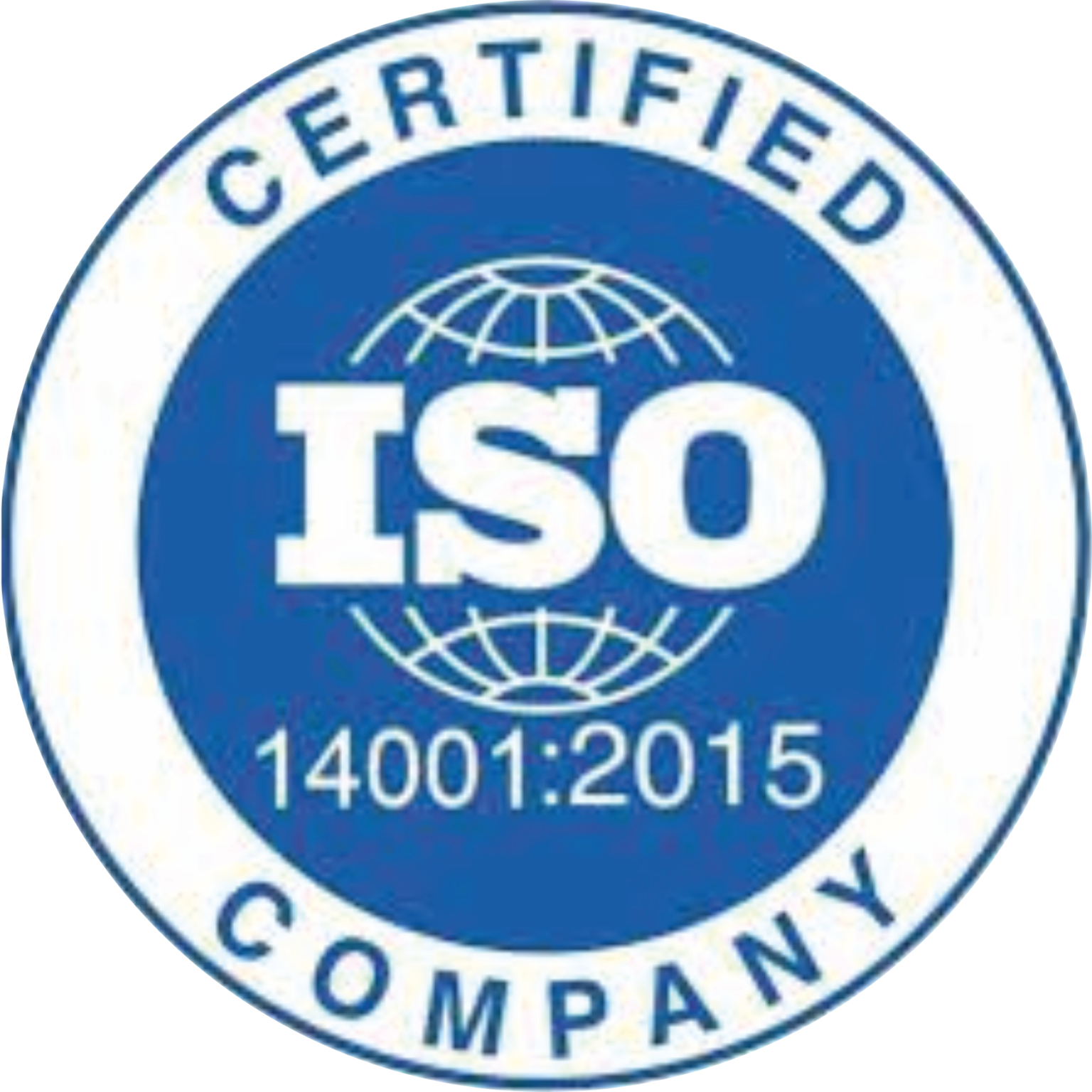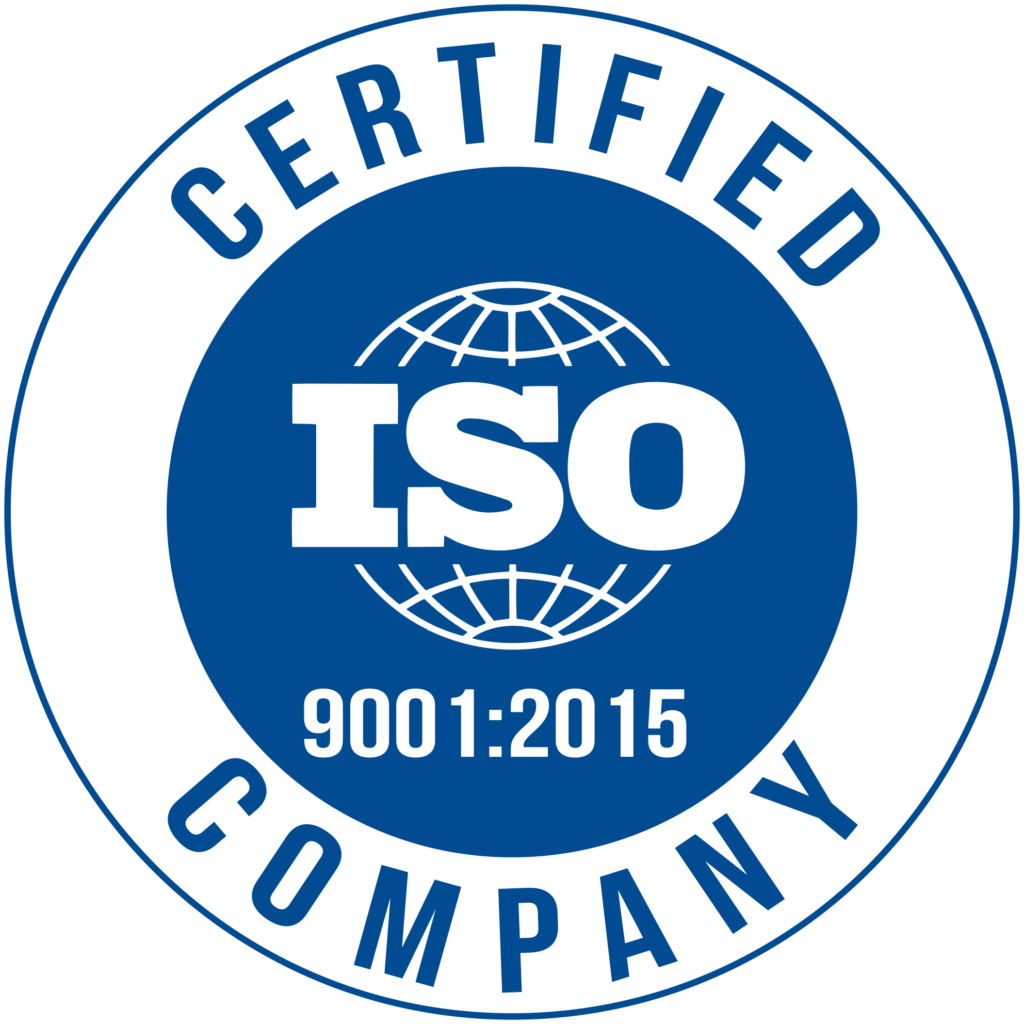Why Pall Ring Packing is Key to Mass Transfer Efficiency?
In this blog, we’ll explore how pall ring packing enhances mass transfer efficiency, the specifications that make it suitable for various applications, and the benefits of using pall rings over other types of packing.
In industries that rely on liquid-gas separation processes, such as chemical processing, distillation, and gas absorption, achieving high mass transfer efficiency is essential. One of the most effective solutions for enhancing these processes is pall ring packing. Known for its exceptional performance in packed columns, pall ring packing plays a vital role in improving the efficiency of separation systems, reducing energy costs, and optimizing overall operations.
What Are Pall Ring Packing?
Pall ring packing refers to a high-performance packing material used in mass transfer processes, such as distillation, absorption, and scrubbing. Pall rings are designed with a unique geometrical structure that provides a large surface area for gas-liquid contact, improving the efficiency of separation processes.
These packing rings are often made from materials like stainless steel, ceramics, or plastics, each selected based on the application’s specific needs. Pall rings packing is designed to handle various flow rates and temperatures, ensuring reliable performance in even the harshest environments.
Compared to traditional packing types, pall rings are designed with open geometry that reduces the resistance to gas flow, which minimizes pressure drop and allows for better liquid distribution across the column.
Pall Ring Packing Specification
The specification of pall ring packing plays a crucial role in its performance. Different applications require different specifications, including material, size, and design. Common specifications include:
- Materials: Stainless steel, ceramic, and plastic materials are typically used in pall ring packing, depending on the chemical environment and the temperature of the process.
- Sizes: Pall rings come in various sizes, typically ranging from 1 inch to 6 inches in diameter, although custom sizes can be designed based on the specific requirements of the system.
- Design Features: Some pall rings packing are designed with large surface areas to increase the contact between gas and liquid phases. This enhances the mass transfer efficiency in systems like distillation columns and absorbers.
When selecting Pall rings, it’s essential to consider the application-specific requirements, including factors like flow rate, pressure, and the chemical nature of the fluids involved.
How Pall Ring Packing Improves Mass Transfer Efficiency?
- Increased Surface Area:
Pall rings are designed with extended surface area and an open structure that facilitates greater interaction between the gas and liquid phases. This increased contact helps to enhance mass transfer efficiency, improving the separation process and leading to better product quality and higher yields. - Reduced Pressure Drop:
One of the key advantages of Pall rings is its low pressure drop. The open structure allows gas to flow through more easily, reducing the energy required to move the gas through the packed column. This results in lower operational costs and a more energy-efficient system. - Improved Capacity:
Due to its unique design, pall ring packing can handle higher liquid and gas flow rates without compromising separation efficiency. This makes it an ideal choice for processes that require high capacity and scalability.
Pall Rings Use in Industrial Applications
- Chemical Processing:
Pall ring packing is widely used in chemical reactors, scrubbers, and absorption columns to optimize gas-liquid contact and improve reaction rates. It ensures the efficient removal of impurities and maximizes product yields in chemical processes. - Gas Absorption:
In gas absorption systems, pall rings are used to improve the absorption of gases such as carbon dioxide, ammonia, and sulfur dioxide in scrubbing towers. Their design ensures effective gas-liquid separation, leading to cleaner and safer gas emissions. - Petrochemical and Refining:
Pall ring packing is also used in distillation columns in the petrochemical and refining industries. In these systems, it helps in the separation of crude oil into refined products and ensures that gas phases are separated from liquid byproducts.
Benefits of Pall Ring Packing
- Improved Efficiency:
Pall ringa significantly improves mass transfer efficiency by providing an effective medium for gas-liquid separation. This helps industries reduce energy consumption while improving the quality of their output. - Cost-Effectiveness:
With low pressure drops and high efficiency, pall rings help reduce operating costs. The increased durability and reduced need for maintenance make them a cost-effective choice for long-term industrial processes. - Versatility:
Pall ring packings can be customized for different industrial applications, ensuring that it meets the specific requirements of any separation system. Whether it’s for high-temperature or high-pressure environments, pall rings offer a versatile solution that can be adapted to suit various needs. - Ease of Installation and Maintenance:
Pall rings are easy to install and require minimal maintenance compared to other packing types. Their simple design and robust construction ensure that they continue to perform efficiently over extended periods.

How to Choose the Right Pall Ring Packing for Your Application?
- Application-Specific Selection:
The first step in selecting the right pall ring packings are understandstood to have the requirements of the process, such as the type of gases and liquids involved, the flow rates, and the pressure and temperature conditions. - Material Selection:
The material of the pall ring plays a key role in determining its durability and corrosion resistance. For example, stainless steel is often chosen for processes exposed to corrosive chemicals, while plastic may be used for less aggressive environments. - Supplier Considerations:
When selecting pall ring suppliers, it’s important to choose a company that offers high-quality products, customization options, and strong warranties. Look for suppliers that understand the specific needs of your industry and can provide technical support.
Conclusion
Pall ring packing is a game-changer for improving mass transfer efficiency in industrial applications. With its superior design, corrosion resistance, and ability to handle high flow rates, pall ring packing has become a crucial component in distillation, gas absorption, and chemical processing systems. By selecting the right pall ring packing for your process, you can reduce energy costs, improve product quality, and ensure the long-term reliability of your systems.
FAQ'S
Pall ring packing offers low pressure drops, high efficiency, and increased capacity, making it ideal for high-flow processes and applications requiring maximum mass transfer efficiency.
.
The open structure of pall rings provides a high surface area for gas-liquid contact, improving the efficiency of separation and enhancing overall process performance.
Pall ring packing is commonly made from stainless steel, ceramic, and plastic, with material choice depending on the process’s chemical environment and temperature.
.
The replacement frequency depends on operating conditions. With proper maintenance, pall ring packing can last for many years, but it should be inspected regularly for signs of wear.
Consider factors like flow rate, pressure, temperature, and chemical exposure when choosing pall ring packing for your application.

Need Help?
We're Here for You!
Got a question or need assistance? Our team is ready to help you every step of the way. Reach out to us, and we’ll get back to you as soon as possible!





